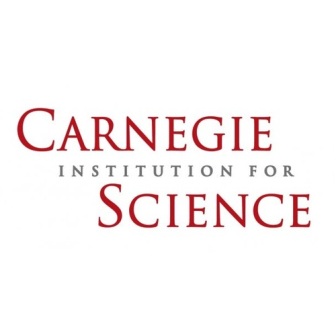 Washington, D.C—The MESSENGER Education and Public Outreach (EPO) Team, coordinated through Carnegie Science, announces the winning names from its competition to name five impact craters on Mercury. The contest submissions had to be submitted by January 15, 2015, and the International Astronomical Union (IAU)—the governing body of planetary and satellite nomenclature since 1919—made the selections from a semi-final submission of 17 artists’ names. The newly selected crater names are Carolan, Enheduanna, Karsh, Kulthum, and Rivera.
Washington, D.C—The MESSENGER Education and Public Outreach (EPO) Team, coordinated through Carnegie Science, announces the winning names from its competition to name five impact craters on Mercury. The contest submissions had to be submitted by January 15, 2015, and the International Astronomical Union (IAU)—the governing body of planetary and satellite nomenclature since 1919—made the selections from a semi-final submission of 17 artists’ names. The newly selected crater names are Carolan, Enheduanna, Karsh, Kulthum, and Rivera.
Under IAU rules, all new craters on Mercury must be named after an artist, composer, or writer who was famous for more than 50 years and has been dead for more than three years. Turlough O’Carolan (Carolan) was an Irish composer during the late 1600s and early 1700s. Enheduanna, an Akkadian princess who lived in the Sumerian city of Ur in ancient Mesopotamia (today’s Iraq and Kuwait), is regarded by many scholars as possibly the earliest known author and poet. Yousuf Karsh was an Armenian/Canadian and one of the greatest portrait photographers of the twentieth century. Umm Kulthum was an Egyptian singer, songwriter, and film actress of the 1920s to the 1970s; and Diego Rivera was a prominent Mexican painter and muralist from the 1920s to the 50s.
NASA’s MESSENGER spacecraft has been in orbit about Mercury since March 2011 and is due to finally impact the planet tomorrow. The MESSENGER spacecraft has far surpassed expectations in the duration of the mission and in the quantity and quality of data returned. The original goal of the craft was to take 2,500 images of the planet, but is has returned more than 250,000. The EPO team organized the crater-naming competition to celebrate the mission’s achievements.
The winners come from many different countries. Carolan was suggested by Fergal Donnelly (Belgium); Joseph Brusseau (USA); and Reane Morrison (USA). Enheduanna was submitted by Gagan Toor (India). Karsh was submitted by Elizabeth Freeman Rosenzweig (USA). Kulthum was suggested by Malouk Ba-Isa (Saudi Arabia); Riana Rakotoarimanan (Switzerland); Yehya Hassouna (USA); David Suttles (USA); Thorayya Said Giovanelli (USA); and Matt Giovanelli (USA). Rivera was suggested by Ricardo Martinez (Mexico); Rebecca Hare (USA); Arturo Gutierrez (Mexico); and José Martinez (USA).
Julie Edmonds, the EPO team leader at the Carnegie Institution for Science, remarked, “The IAU working group that chose the names was very happy with the submissions. In all we had 3,600 contest entries, a resounding success for the excitement that the MESSENGER mission to Mercury has generated.”
The Carnegie Institution for Science (carnegiescience.edu) is a private, nonprofit organization headquartered in Washington, D.C., with six research departments throughout the U.S. Since its founding in 1902, the Carnegie Institution has been a pioneering force in basic scientific research. Carnegie scientists are leaders in plant biology, genetics, developmental biology, astronomy, materials science, global ecology, and Earth and planetary science.
MESSENGER (MErcury Surface, Space ENvironment, GEochemistry, and Ranging) is a NASA-sponsored scientific investigation of the planet Mercury and the first space mission designed to orbit the planet closest to the Sun. The MESSENGER spacecraft was launched on August 3, 2004, and entered orbit about Mercury on March 18, 2011 (UTC), to begin its primary mission – a yearlong study of its target planet. MESSENGER’s first extended mission began on March 18, 2012, and ended one year later. MESSENGER is now in a second extended mission, which is scheduled to conclude in April 2015. Sean C. Solomon, the Director of Columbia University’s Lamont-Doherty Earth Observatory, leads the mission as Principal Investigator. The Johns Hopkins University Applied Physics Laboratory built and operates the MESSENGER spacecraft and manages this Discovery-class mission for NASA.
